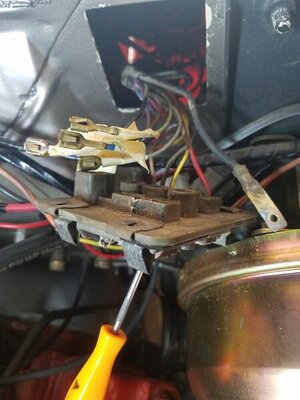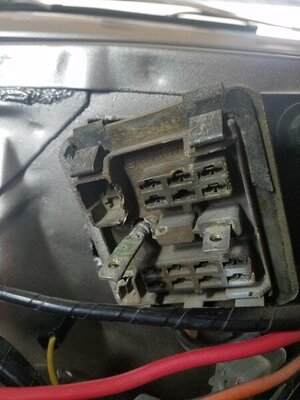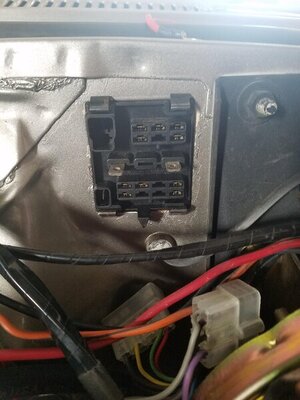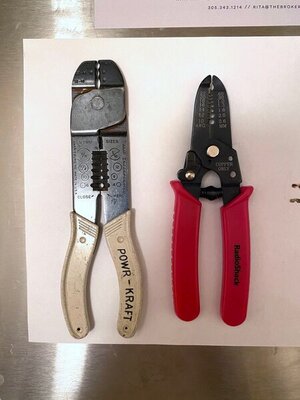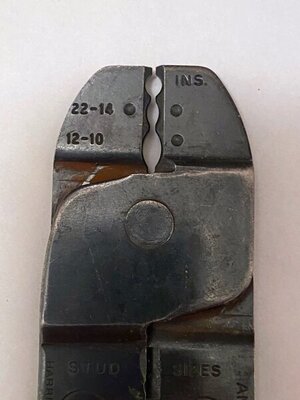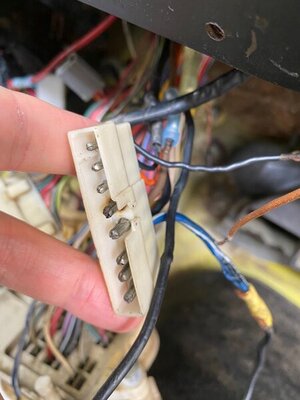There's a lot of info about bulkheads on our forum I sifted through finding helpful. Thought I'd create a new ask about this as it seems if I could replace the block this might be best as I have a new engine harness in (two years ago). Did try to clean up the female connectors but they're still looking skanky in the block and have ignition problems due to a poor connection. I notice more recent indication of overheating on that link (blue wire). The BH has been heat damaged from other ills anyway.
Reading older posts appears that some did the replacement (I see Evans sells BH for '63 Plymouth). Recall reading posts where this could be done from the engine side? Can the BH be fanagled out to do this on engine bay side? Been up under the dash for endless brake hassles and remove the seat to work up there as at my age now it's a bitch to do...and ahh reaching the BH is a further stretch. Issue looks to be the ignition wire shutting me down anytime it wants to.
Thanks for your help!
Reading older posts appears that some did the replacement (I see Evans sells BH for '63 Plymouth). Recall reading posts where this could be done from the engine side? Can the BH be fanagled out to do this on engine bay side? Been up under the dash for endless brake hassles and remove the seat to work up there as at my age now it's a bitch to do...and ahh reaching the BH is a further stretch. Issue looks to be the ignition wire shutting me down anytime it wants to.
Thanks for your help!

